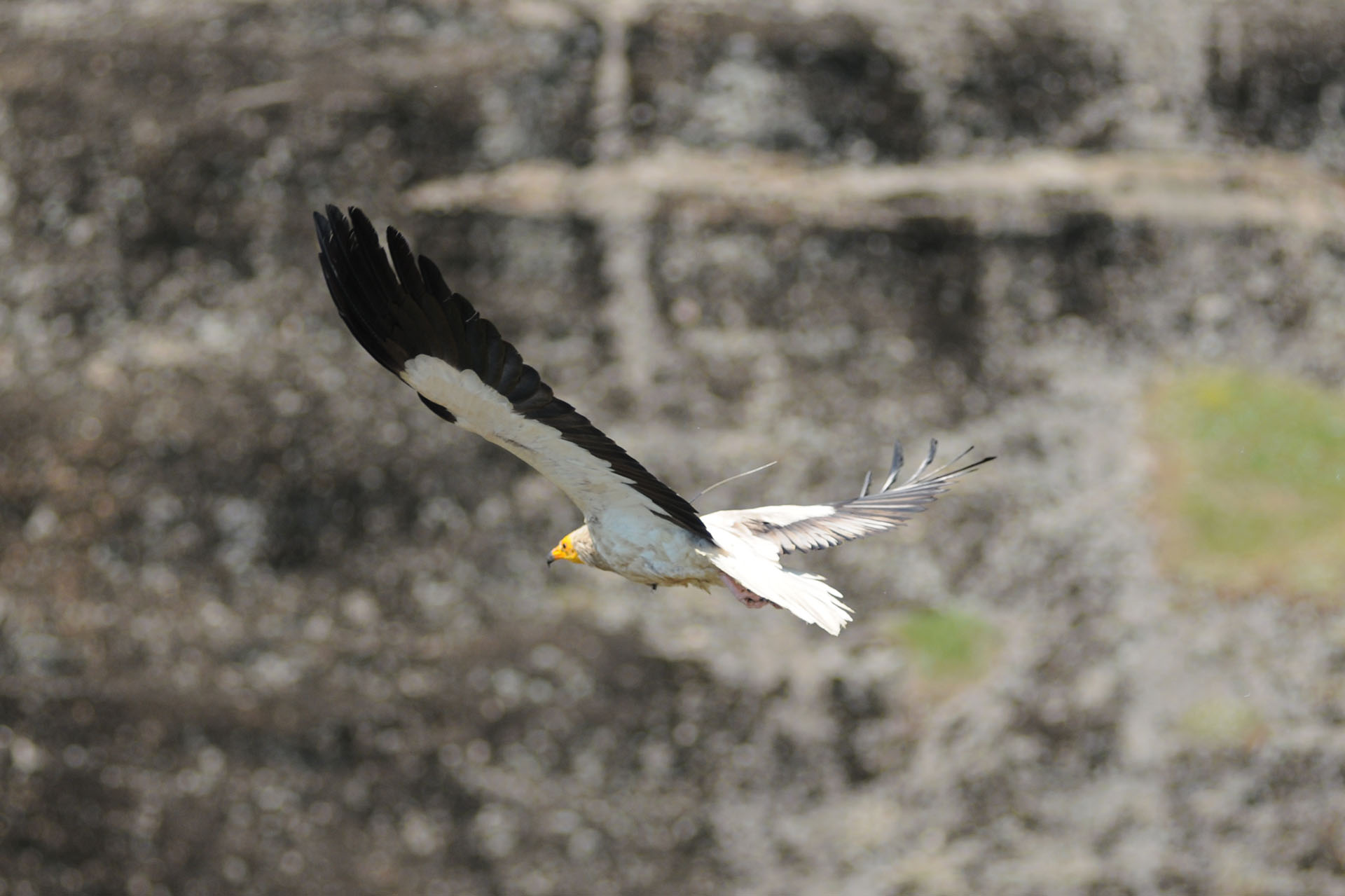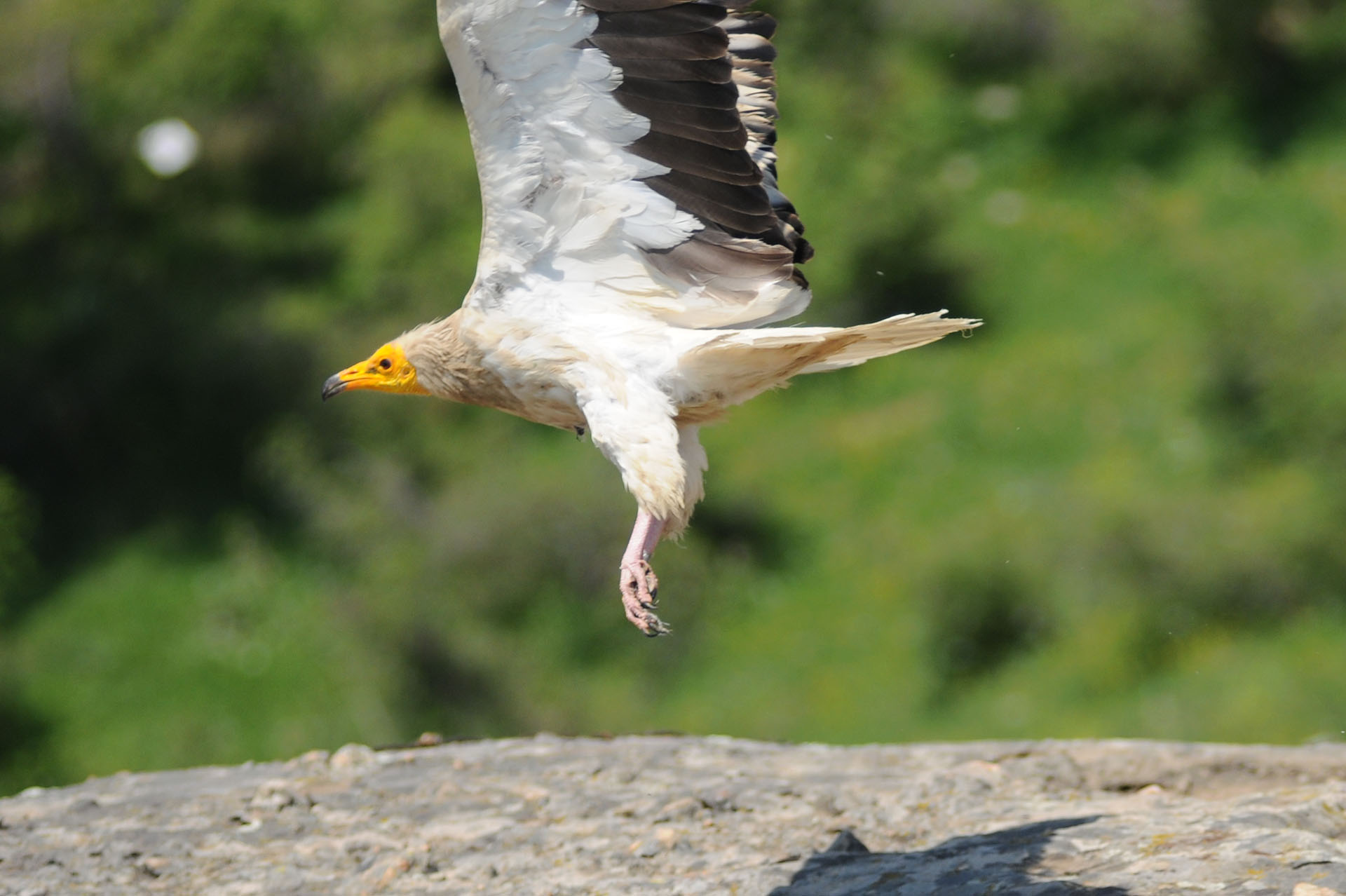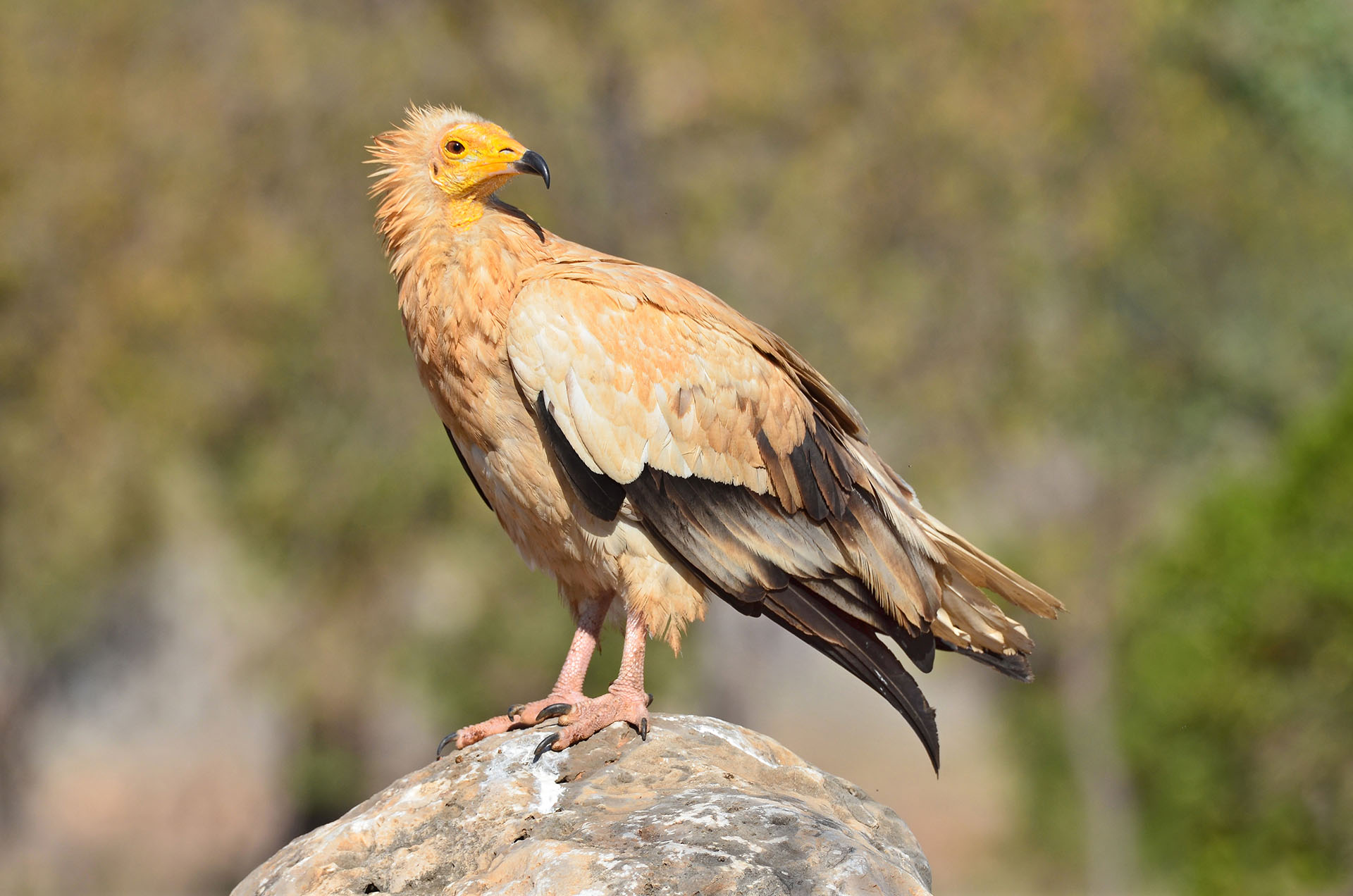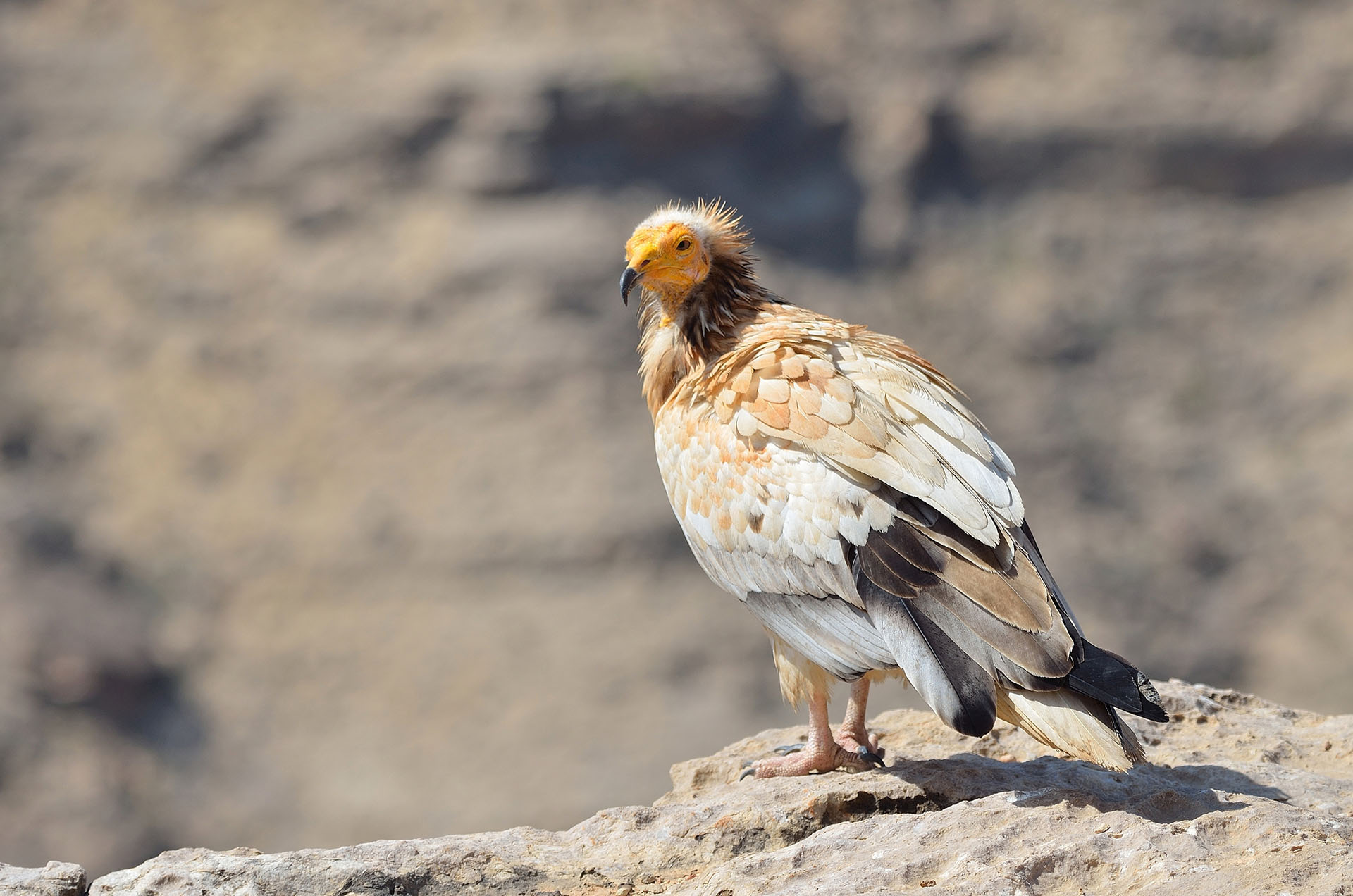SPA Antichasia mountains and Meteora
Location
The protected area of the mountains of Antichasia and Meteora include the Antichasia mountains within the state of Trikala, the rocks of Meteora, the vale of the river Ion, the plain of the river Litheos, the plain and riverbed of Pinios with the dumb of Kalambaka and the north-west mountain Kerketio (Koziakas) opposite Kalambaka. The total area of SPA is 72.047 hectares.
The area of Antichasia-Meteora covers geographic the eastern section of Trikala. Its main characteristics are the many different types of greenery due somewhat to the natural character of the area (height from 90-1380m) as ewll as the continual use by people.
Landscape and biodiversity
The area is characterized by forested mountains and hills with impressive rocky formations (Meteora) and monasteries built on their peaks. It has been designated as a UNESCO World Heritage Site. It is covered by extensive broadleaved deciduous forests (mainly oak forests), shrubland, extensive cultivations, grasslands and riparian forests in the valleys which form a unique mosaic of ecosystems. This site is one of the most important areas for raptors in Greece. Characteristic of the area is the continued practice of extensive livestock breeding and low intensity primary sector activities.
Significance
This site is important for breeding raptors and species associated with forest and open upland habitats. The area was renowned for hosting the largest Neophron percnopterus population in Greece. Other important species breeding in the area: Ciconia nigra, Falco naumanni, Milvus migrans, Circaetus gallicus, Accipiter brevipes, Buteo rufinus, Aquila pomarina, Hieraaetus pennatus, Coracias garrulus.
Livelihood
Human activities include forestry, livestock breeding, agriculture and recreation. Tourism, both religious and cultural (as well as ecotourism in recent years and alternative tourism, mainly mountain climbing) constitutes an extremely important source of income, especially for the city of Kalampaka.
Threats
The illegal use of poisoned baits, the closure of the illegal landfill of Kalampaka and the gradual abandonment of traditional land uses, mainly the gradual reduction of livestock breeding and the improved conditions of animal hygiene, have contributed to the collapse of the Egyptian Vulture population in the area. Other serious threats include the uncontrolled practice of mountain climbing, lighting of the Meteora rock formations, overexploitation of the rivers’ surface water, pollution from the landfill of Kalampaka, intensive forest management and the forestation of agricultural land. Further threats include the construction of forest roads, agricultural intensification, mining activities (sand extraction, mines) and illegal hunting.





